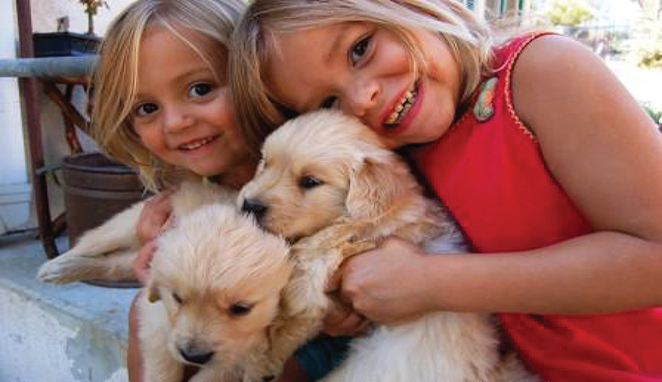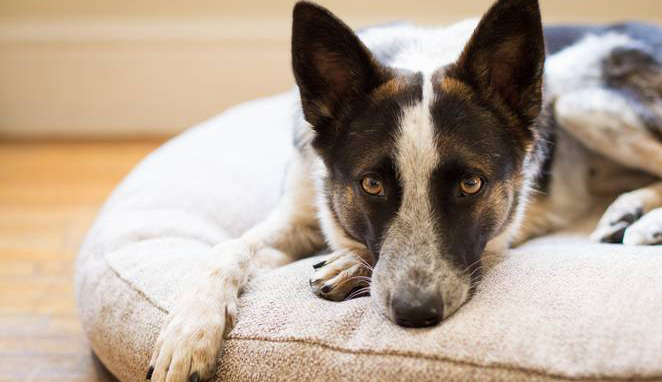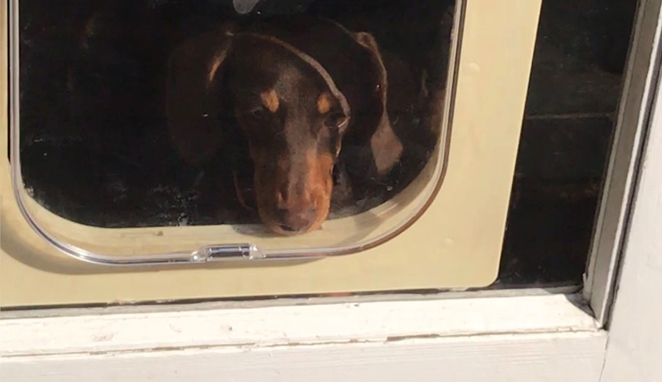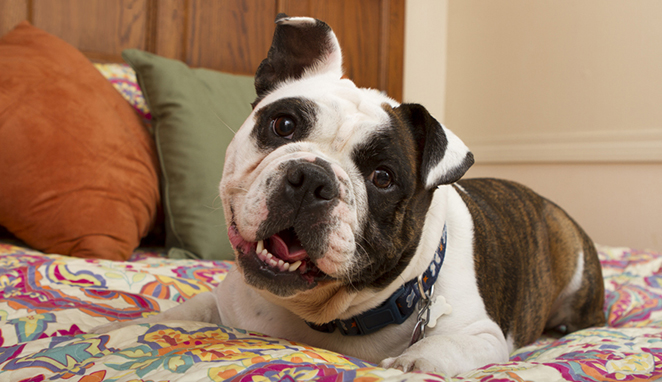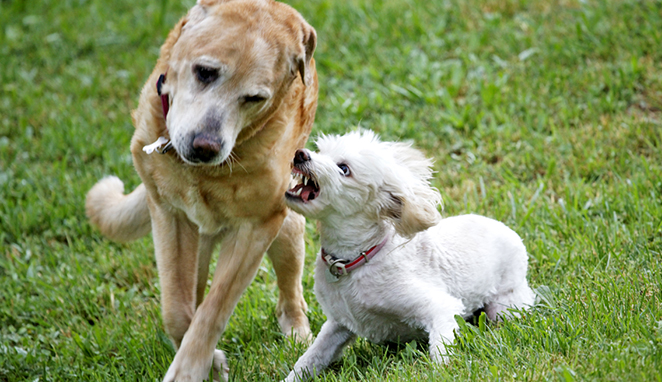Dogs & Children Do’s & Dont’s
DON’T let your dog and your children play together without having put some guidelines in place first, especially if the game involves toys. It can get out of control very quickly.
DO teach your children to always hold dog toys below their waist. If they hold them up at head height, they will soon have dog teeth and dog claws flying around their face.


